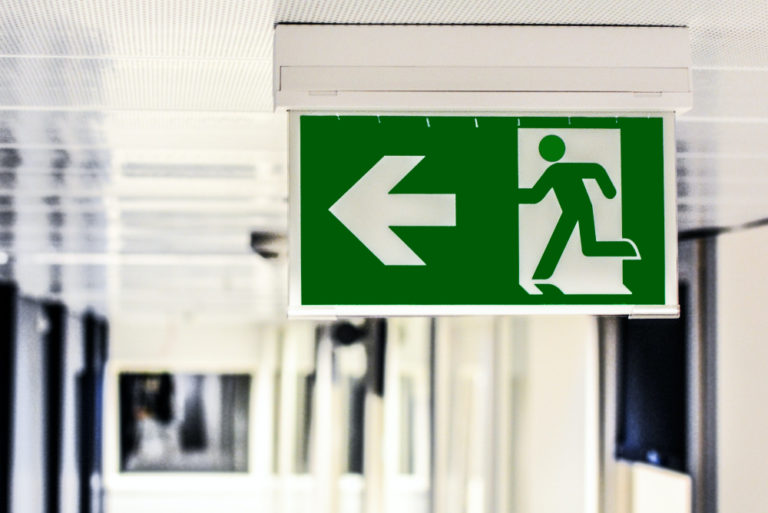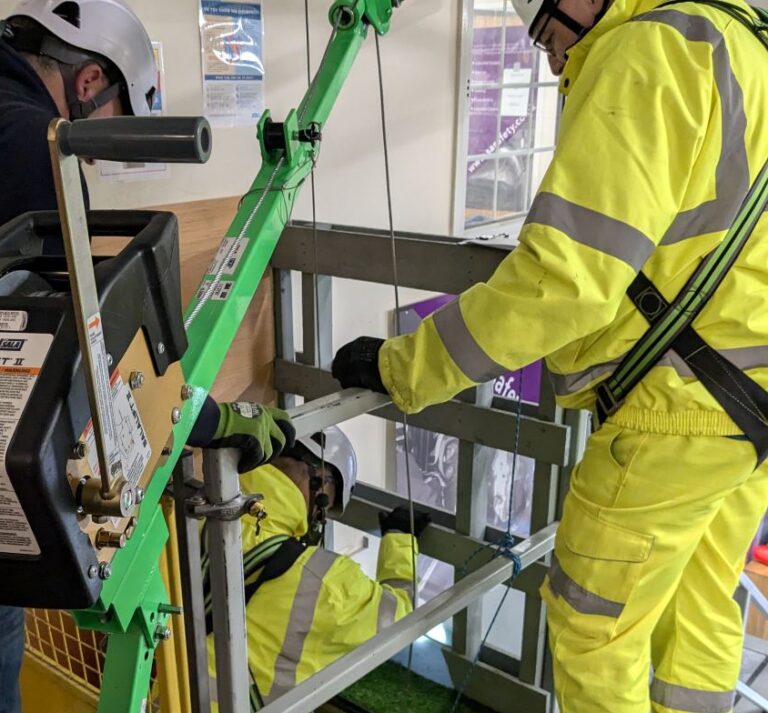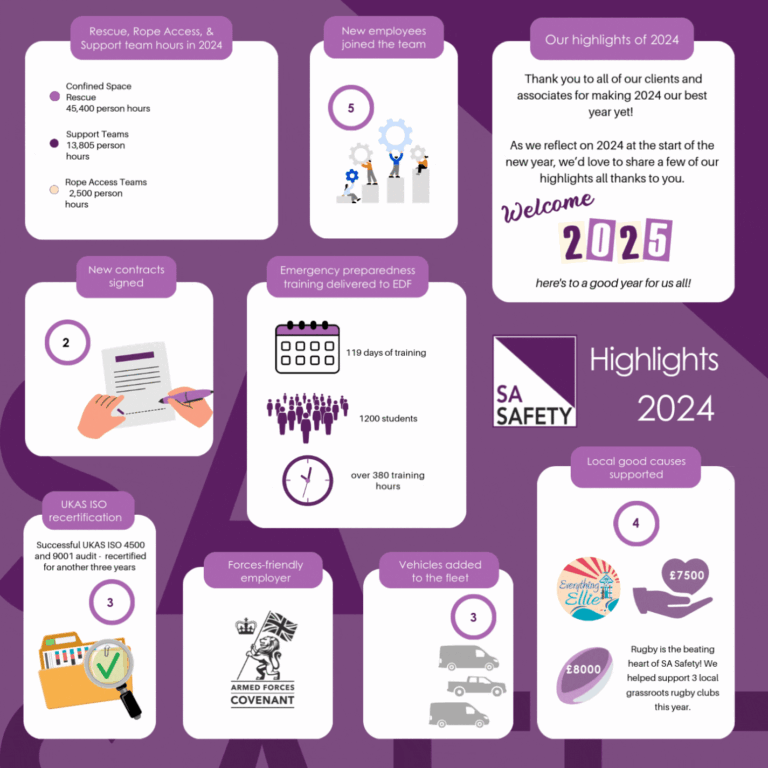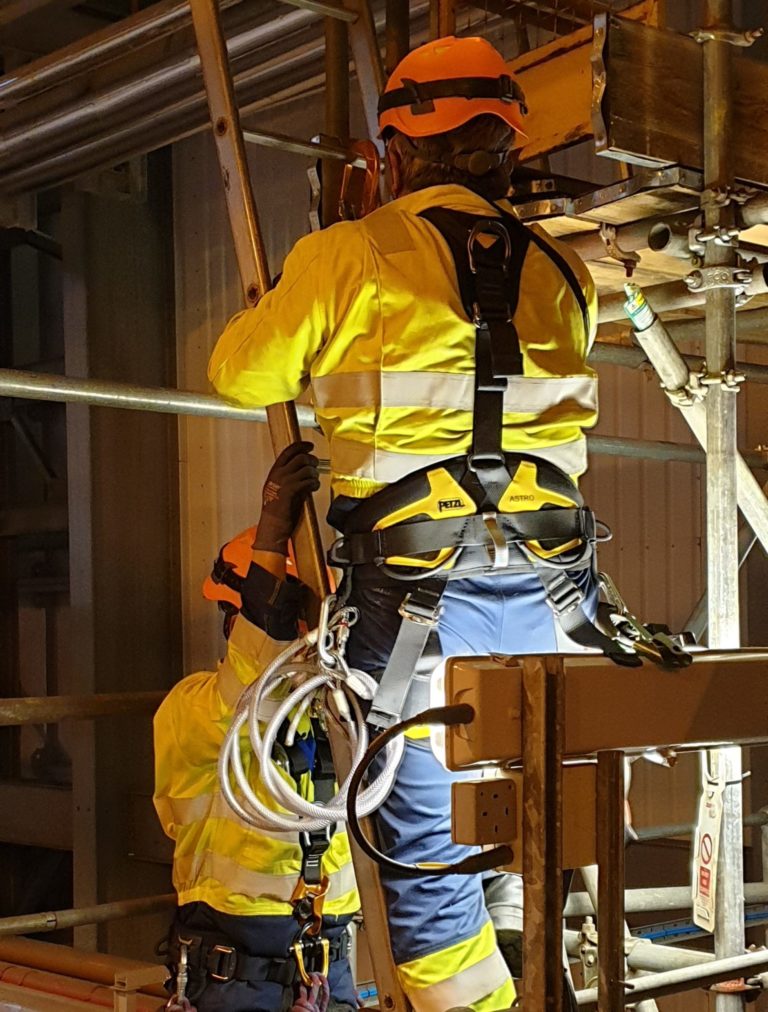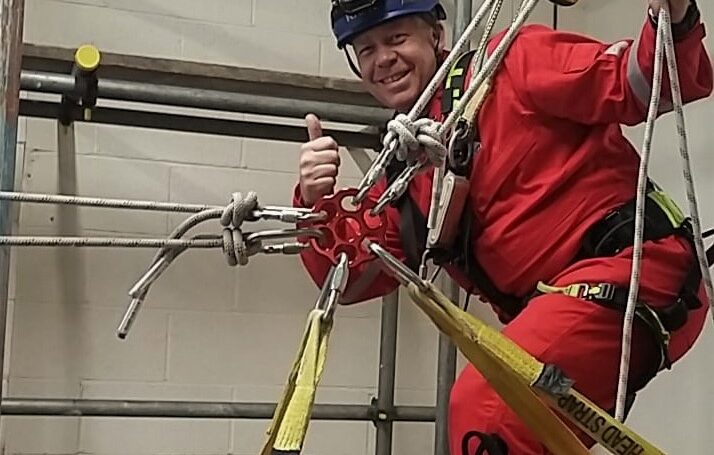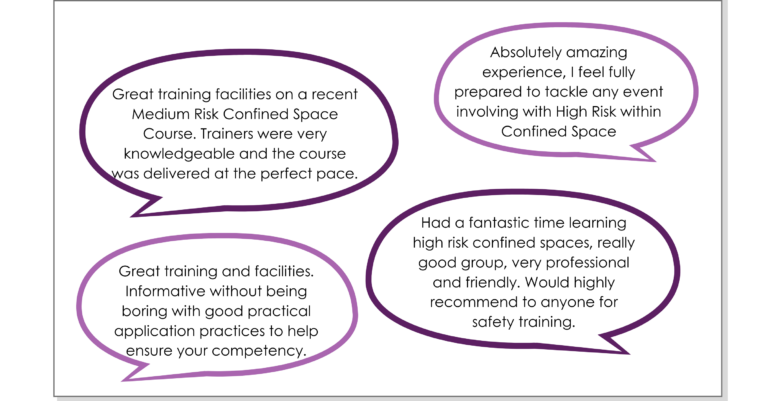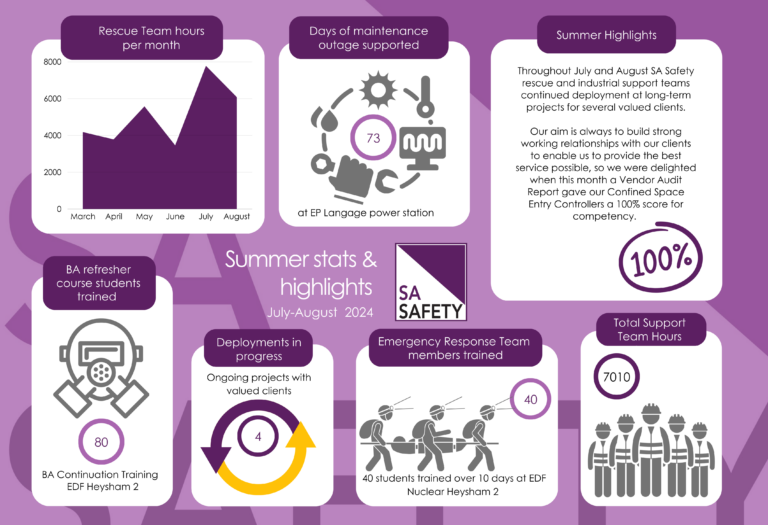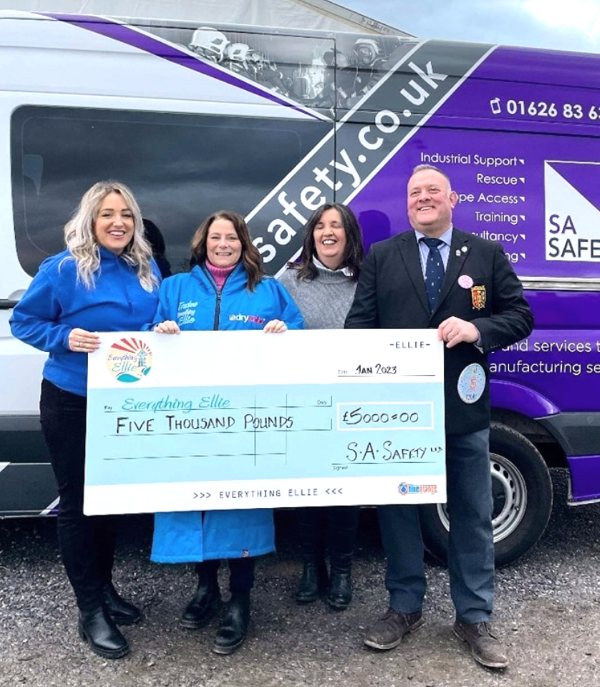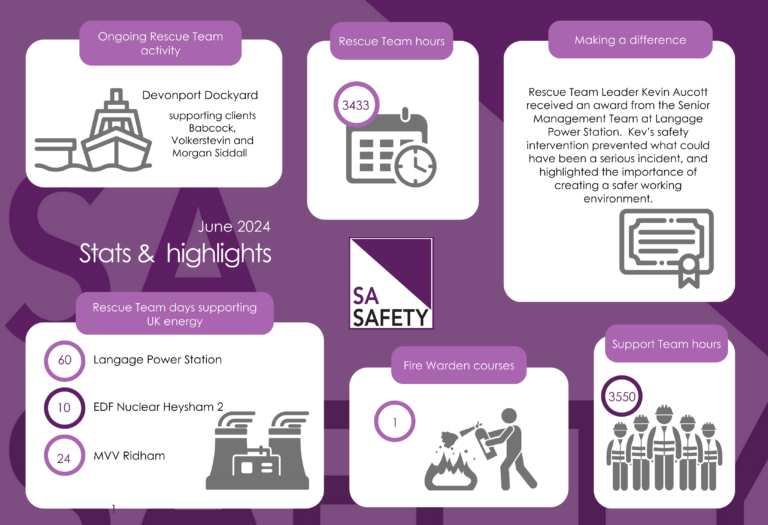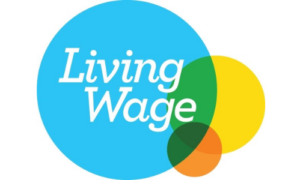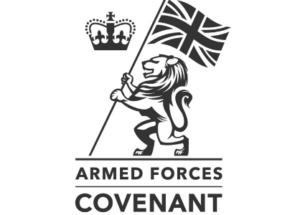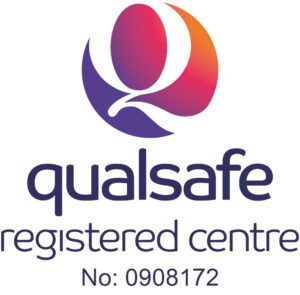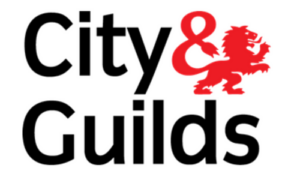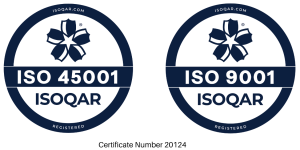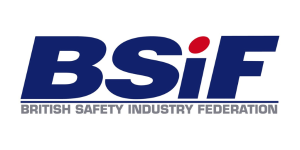Company Obligations for Workplace Health and Safety
Last Updated on 28 April 2024 by SA Safety
Who is Responsible for Workplace Health and Safety?
In short – you are! Workplace health & safety requires all employers to provide a safe working environment and look out for the health of their employees—wherever their place of work. Every employee also has a legal responsibility to work safely and not to endanger the health and safety of other employees or anyone likely to be affected by the work.
Directors, partners, business managers and line managers can all be held responsible if accidents and injuries occur, even if they do not own the business. H&S law covers not only permanent staff but also casual, self-employed and temporary workers, as well as visiting members of the public.
The Health and Safety Executive (HSE) regulate workplace health & safety. This is achieved via regulations and guidance laid out in The Health & Safety at Work Act, as well as specific H&S legislation covering fire safety, working at height, handling dangerous materials and much more.
What do you need to do?
What does the HSE say about your legal responsibilities, and how can we at SA Safety help you meet them? There are several key points in the HSAWA that every company needs to follow, so let’s take a quick look at them here and find out what you, as an employer, will need to do:
1. Provide a safe place of work
This covers the physical workplace to ensure that the premises and work environment are safe. It includes fire safety, cleanliness, waste management and the handling of harmful substances. Workplaces in the high-risk utilities, industrial and manufacturing sectors will have more risk factors to consider.
It’s your responsibility to be aware of the risks that their workplace poses, and to undertake an adequate risk assessment to make sure the right safety controls are in place.
- Call SA Safety for industrial cleaning
- SA Safety provides an industrial cleaning service. We are specialists in cleaning industrial and commercial premises and fleet vehicles. Our sister company, All Wash, is also equipped for rope access cleaning, for hard-to-reach areas.
2. Provide safe equipment
Any equipment that’s used at work, including computers and electronic devices, needs to be checked and maintained to make sure it’s safe. This would usually involve periodic safety checks by an appointed person and faults reporting procedure. In a high-risk workplace this might include lifting and lowering eqipment, BA and face masks.
- Call SA Safety for face fit testing
- SA Safety provide a complete qualitative Face Fit testing service. Our team of competent testers will undertake the testing on-site to ensure minimal disruption to your work pattern. We can deliver up to 20 Face Fit tests per day, with each test normally taking 20 minutes per person.
3. Ensure staff are properly trained
To create and maintain a safe workplace, it’s important to surround yourself with a team of well-trained and competent staff. This may require both onsite training for specific equipment and risks, and general health and safety training, such as manual handling and fire safety. Your employees also have a responsibility here, to take training seriously and work safely to keep themselves and others safe in the workplace.
- Call SA Safety for market-leading training courses
- Providers of specialist Fire Team, confined space, and rescue training for the high-risk industrial and utility sectors in Devon and the southwest. We’re confident that our courses will equip you to deal with the emergency situations you are most likely to meet at work
4. Carry out risk assessments
You are legally required to assess the risks in your workplace and put controls in place. This involves identifying any hazards that pose a risk of harm to employees, contractors and members of the public.
The risk assessment process requires that you:
- identify the hazards
- Identify the risk, and who is at risk
- Evaluate the level of risk
- Identify what changes or actions need to occur to mitigate the risk
- Put the identified changes in place
You should record, review and update it regularly, or if anything changes.
5. Provide proper welfare facilities
You are responsible for providing essential facilities in the workplace such as toilets, restrooms, drinking water, lighting and heating. Your employees also have responsibility for their own and others’ workplace health and safety by keeping the facilities clean and tidy.
6. Appoint a competent person to oversee health and safety
The workplace needs a dedicated person, responsible for ensuring that workplace health and safety is in place, observed and maintained.
Why do you need to do this?
Ensuring workplace health and safety is important, as well as the law. Any enforcement action will be directed against duty holders responsible for a breach. This may be employers in relation to workers or others exposed to risks: the self-employed; owners of premises; suppliers of equipment; designers or clients of projects; and also employees themselves. It is the responsibility of every person to participate fully in health and safety issues, and to bring any health and safety concerns to their employers’ attention. If they do not, they run the risk of being personally responsible if things go wrong.
Remember:
- You must stay up-to-date with training and risk assessments.
- You must continue to consult with your employees
- You must keep your health and safety policy under review.
We can help. We offer the complete package for a safer workplace. SA Safety – leading you in the right direction.
